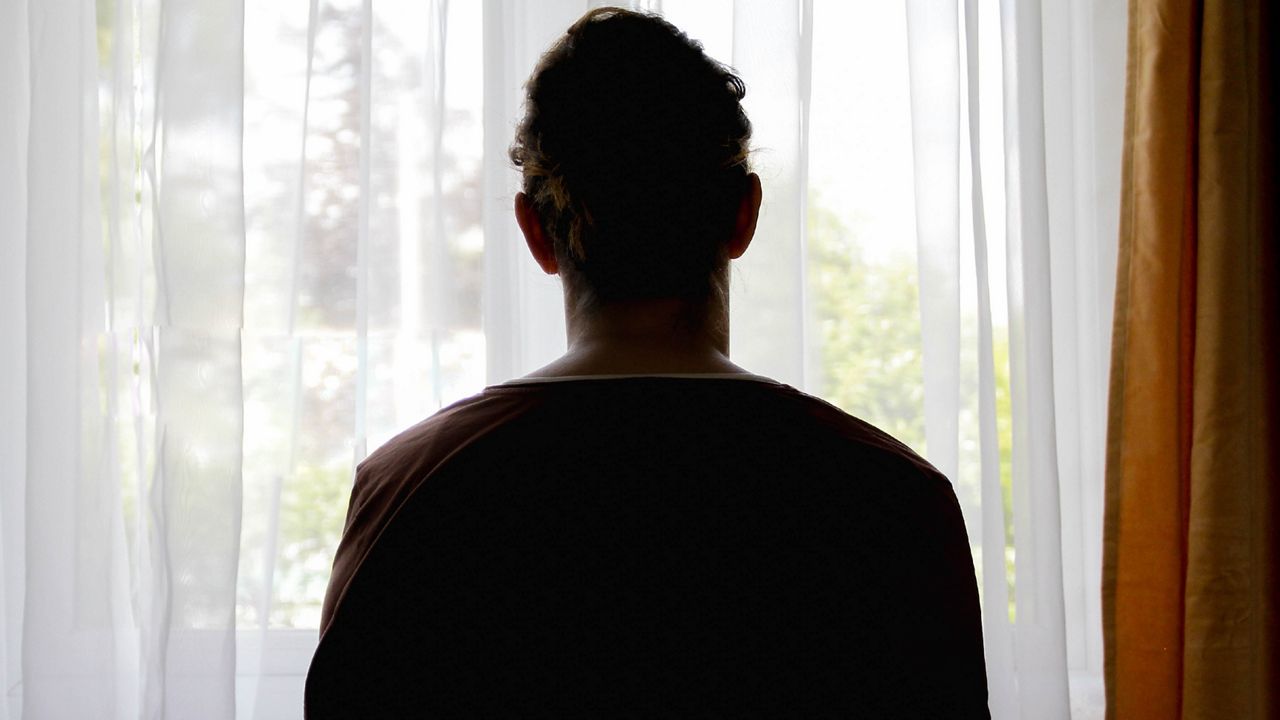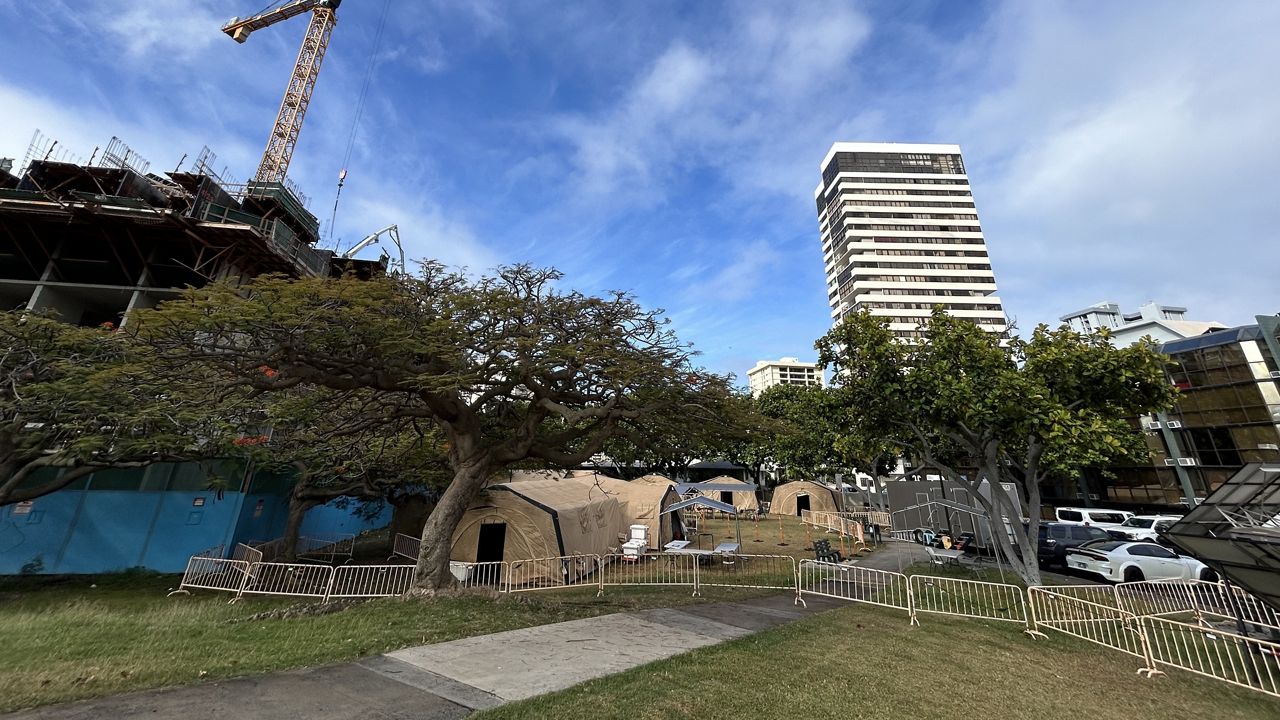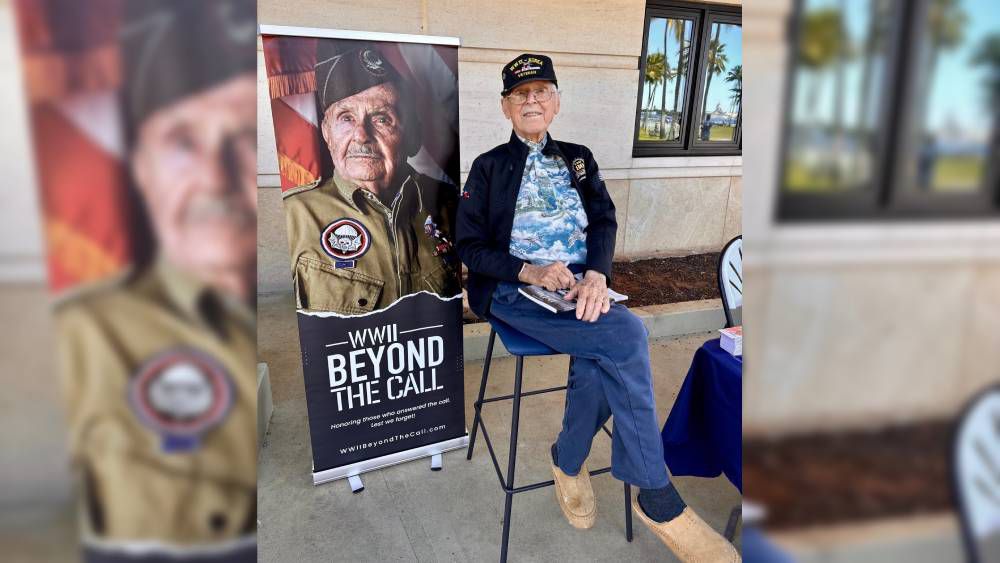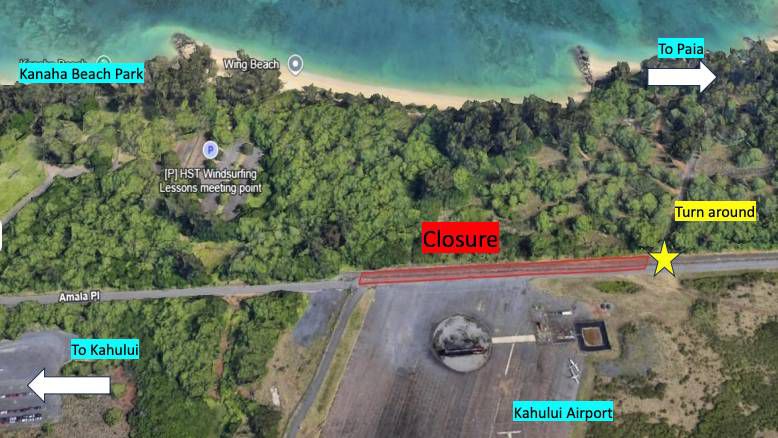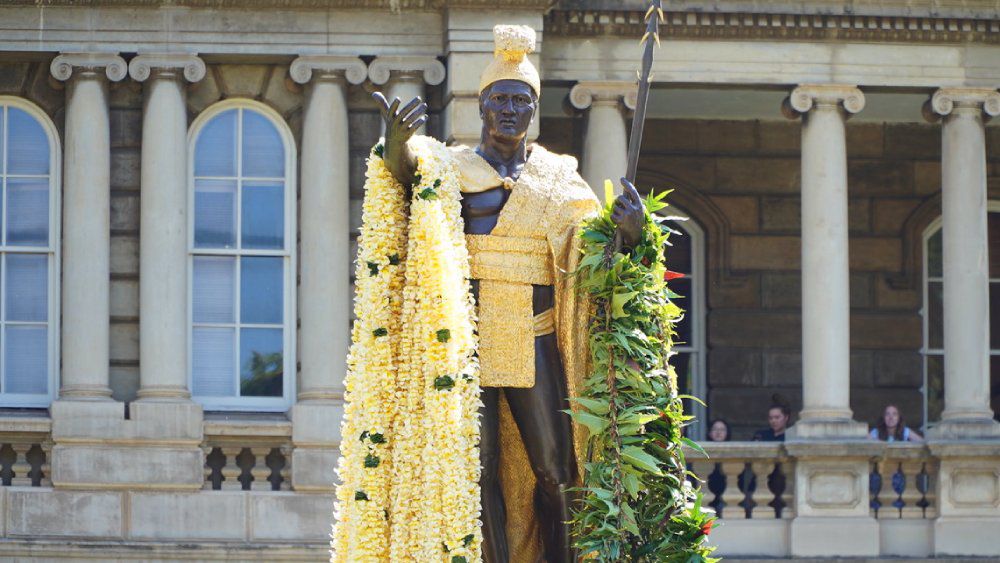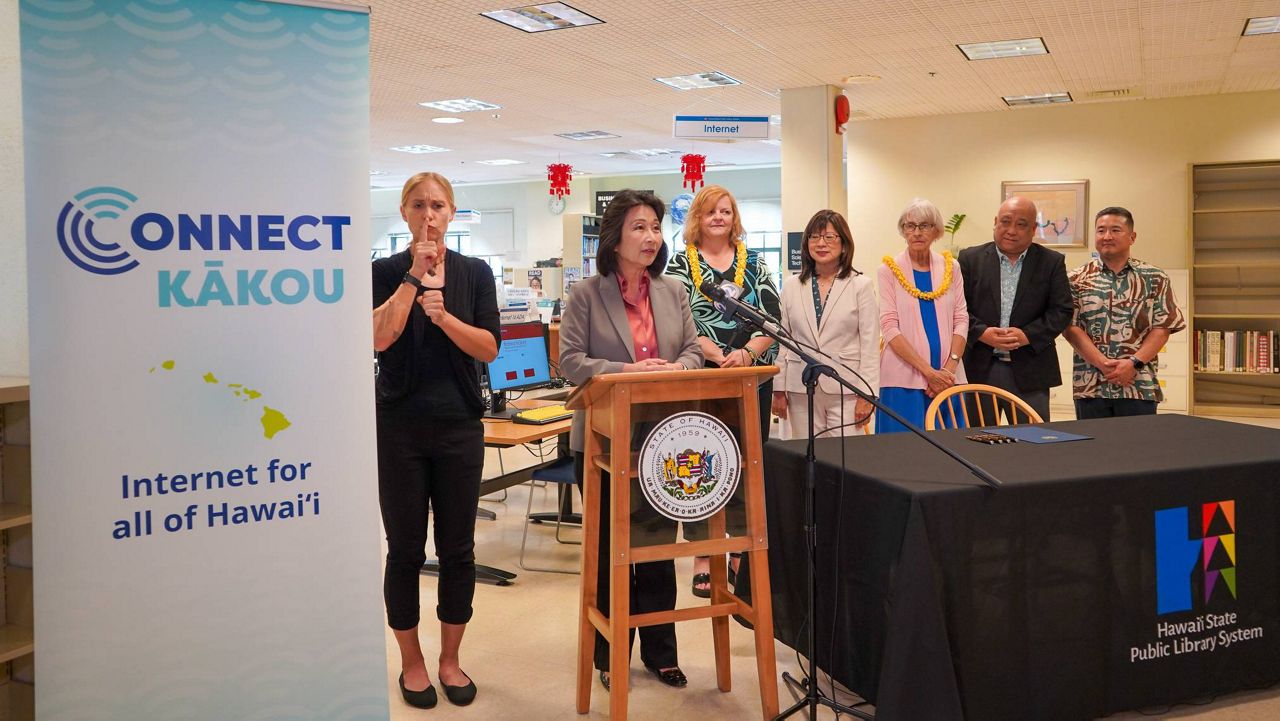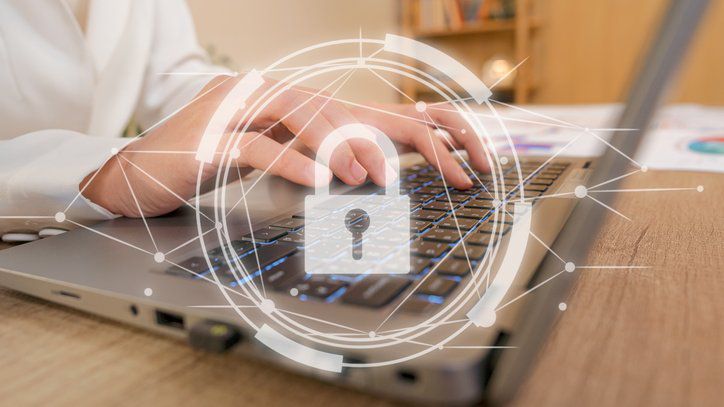The Hawaii Department of Health, the University of Hawaii at Manoa, and other state, local, military, public and private sector partners are teaming up to prevent suicide.
The goal of the newly launched Culturally Based Community Connections for Resilience project is to reach the people most affected by suicide and suicide attempts in Hawaii: men, rural communities, minorities and essential workers, including farmers and first responders, according to a news release.
In Hawaii, suicide is the second-leading cause of fatal injuries for residents. On average, about four people die from suicide every week. More than 76% of people in Hawaii who died by suicide were men. Men ages 20 to 59 years old had the highest risk of suicide death. Women ages 15 to 19 years old had the highest risk of suicide attempt.
The CCCR aims to create a peer-mentor network among Hawaii’s essential workers to reduce suicide and suicide risks by bolstering social connectedness and relationship building.
“It may seem suicide is a lone event — it is not,” said Professor Thao Le, principal investigator for CCCR, in the news release. “A major reason, though, is feeling alone. We need a course correction and can only do this when we create conditions for connections, internally and externally, across all levels and all sectors.”
Mark Kunimune, paramedic faculty emeritus and partner of CCCR, said passive suicidal ideation, when someone thinks about death without a clear plan to end their own life, “is a slow and silent killer in the Emergency Medical Services profession.” He praised the new project for the potential it has to make a difference.
The state Department of Health and Human Services - Office of Minority Health is funding the CCCR.
The 2024 National Strategy for Suicide Prevention inspired the local program.
For anyone struggling, resources are available:
- Hawaii CARES 988 is a free crisis, mental health and substance use call center. Locally trained clinical and crisis call center staff provide supportive counseling and screening for urgent or emergent mental health or substance use needs, recommendations for behavioral health assessments, services, and crisis interventions. Call or text 988 24 hours a day, seven days a week.
- To learn more about suicide prevention in Hawaii, take part in a free, anonymous online suicide prevention training.
- The Hawaii Poison Center provides help for poisoning emergencies. Call 1-800-222-1222. Help is available 24 hours a day, seven days a week.
- The American Foundation for Suicide Prevention Hawaii Chapter brings people together from all backgrounds.
- Visit Prevent Suicide Hawaii Taskforce website for local resources.




